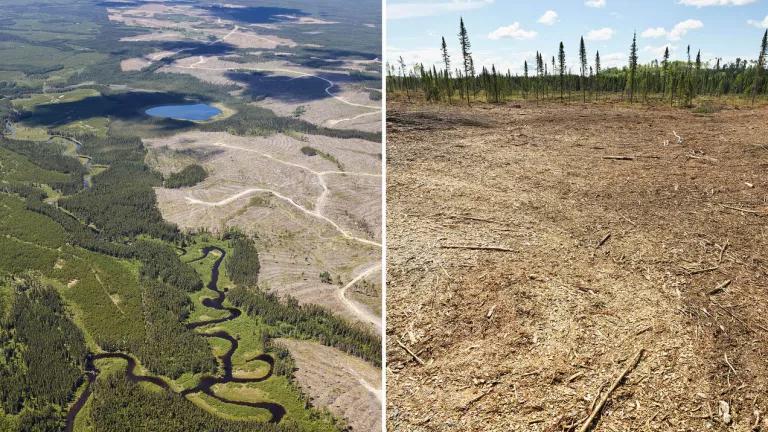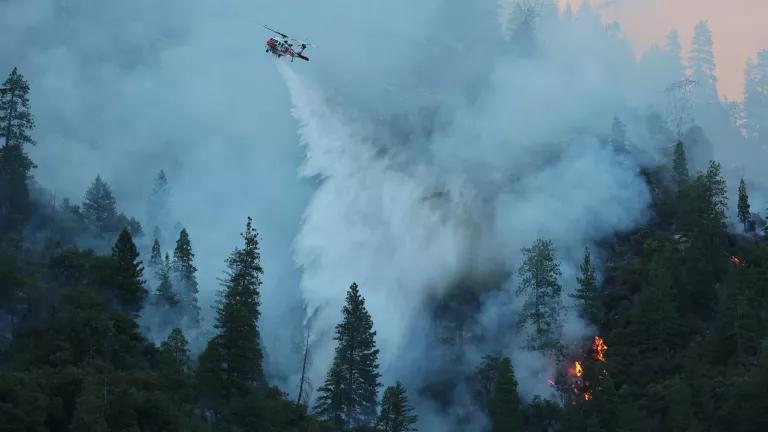Need Some Good News? Congress Passes the Great American Outdoors Act.
This will permanently fund the care and maintenance of the country’s state and local parks.

Hikers in Hidden Valley, Joshua Tree National Park.
This will permanently fund the care and maintenance of the country’s state and local parks.
Congress today passed the Great American Outdoors Act (GAOA), a critical step to sustaining nature and everyone’s access to it. Like the Public Lands Act that passed last spring, GAOA delivers something to every part of the country. It does so by permanently funding the existing Land and Water Conservation Fund (LWCF) and creating a new fund to pay for necessary repairs and maintenance of park infrastructure.
This bill is a sweeping victory for our lands, wildlife, and communities for several reasons.
It helps the economy.
- The bill creates a new National Parks and Public Land Legacy Restoration Fund, providing up to $9.5 billion over five years to address priority repairs in national parks and on other public lands. The National Park Service would receive 70 percent of fund proceeds; the U.S. Forest Service would receive 15 percent; and the U.S. Fish & Wildlife Service, the Bureau of Land Management, and the Bureau of Indian Education schools would each receive 5 percent. Funds would come from energy production on federally controlled lands and waters, including renewable energy as well as oil and gas drilling.
- The Act will put tens of thousands of people back to work repairing and maintaining park roads, bridges, and other visitor facilities.
It enhances equity.
- In addition to creating a new fund to address the maintenance backlog on public lands, the Great American Outdoors Act permanently funds the LWCF, an important source of money for creating, maintaining, and enhancing state and local parks. Nature for many is what they can get to in their community rather than remote wild places.
- Local projects supported by the LWCF include Mitchell Park (Washington, D.C.), Four Mile Creek Greenway (Charlotte, North Carolina), Grant Park Pool (Atlanta), Red Butte Canyon (Salt Lake City), San Gabriel State Park (Albuquerque), Scout Park (Laramie, Wyoming), and Cabrillo Beach Pier–San Pedro (Los Angeles).
It reduces harm from climate change.
- The LWCF helps keep forests intact, so they can sequester carbon, and protects water supplies. Natural climate solutions are critical to any successful strategy to limit the carbon emissions contributing to catastrophic climate change.
- By preserving open spaces, including wetlands, the LWCF buffers communities against damage from storms and flooding, whose frequency and intensity are increasing with climate change.
It boosts biodiversity.
- We are stretching the planet beyond its limits. By protecting clean air, clean water, and wildlife habitat, the GAOA benefits the natural areas we need to preserve the diversity and health of the earth’s interconnected web of life.
- Biologist E. O. Wilson has called for protecting half the earth for nature: “We have to enlarge the area of the earth devoted to the natural world enough to save the variety of life within it.” As a critical step in this direction, NRDC and others, including members of Congress, are calling for highly protecting at least 30 percent of America’s lands, oceans, and waterways by 2030. By saving nature, we can save ourselves.
The investments Congress is making today will shape the future of generations to come. The Great American Outdoors Act won’t fix all of the problems our nation’s natural heritage is facing, but it is an important place to start.



